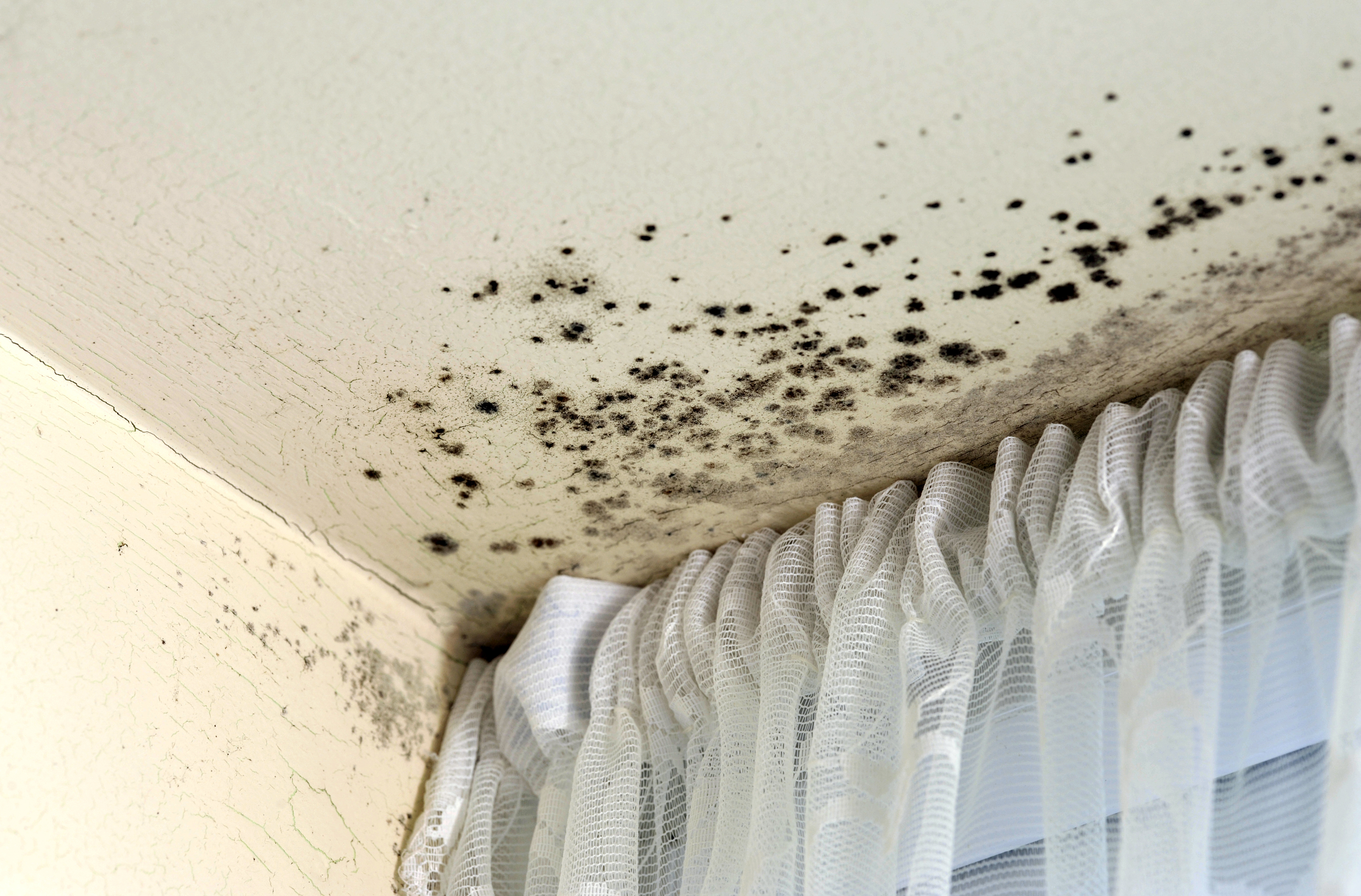Useful Tips to Help Prevent Condensation and Mould
 As the cold weather rolls in, our daily routines can provide the ideal conditions for mould and condensation to spread within our homes. Below are some tips that can help you keep your home mould-free all winter.
As the cold weather rolls in, our daily routines can provide the ideal conditions for mould and condensation to spread within our homes. Below are some tips that can help you keep your home mould-free all winter.
When things start getting chilly, we often put our heating on, keeping the windows closed to make sure that warmth stays inside, and we start drying our clothes inside our homes. Unfortunately, it's this kind of otherwise smart and conservative day-to-day routine that can cause problems.
Lack of proper ventilation in the property can create the perfect conditions for a build up of condensation. If left unchecked, this can result in the spread of damp and the growth of mould within the property.
If you are noticing damp or mould, it might not be your fault. We would first advise having the premises checked for leaks, sweaty pipes, or water ingress. You can also have your heating system checked by an engineer to ensure everything is working correctly.
If, however, it is determined that the property itself is not at fault, the following advice can help you alleviate the problem.
- First and most obvious - ventilate your home. Windows
and curtains should be opened as much as possible to allow fresh air in.
Nowadays, homes are so well insulated and protected from the elements that
very little fresh air circulates during the winter months.
- After showering/bathing, remember to use your
extractor fan and open the window. It's best to keep your bathroom door open,
too. If hot, damp air is allowed to dry out on the walls, it quickly turns to
mould in your sauna-like bathroom. This mould not only looks and smells awful
but, left untreated for a long time, can turn into a health risk.
- Heat your home evenly. Selectively heating rooms
according to your needs and where you are can cause condensation to develop.
- Keep your heating on a low setting when you're not at
home. Not only will it help prevent condensation build up, but it's also
proven to be more cost-effective than blasting the heating when you get home
in the evening.
- If you go away during the winter months, keep the
heating on a low setting. This will stop your pipes freezing and bursting,
preventing build ups of water and, subsequently, damp.
- When cooking, use saucepan lids and extractor fans to
mitigate vapours in the air. If you don't have an extractor fan, keep your
windows open while cooking to allow the vapours to leave the home naturally.
- Don't dry your clothes on your radiators. While it's
very convenient and very satisfying to slide on a pair of warm socks fresh off
the radiator, it can cause damp air to stick to the walls and form mould. If
you absolutely have to dry your clothes this way, make sure a window is open
to prevent mould.
- Allow air to circulate freely around your furnishings. If air cannot properly circulate around your sofas, cupboards, etc., mould may begin to grow in those areas while the rest of the house remains clear. It's also advisable to avoid positioning wardrobes, bookshelves, etc. against external walls; place them against your internal walls instead, with enough space behind them for air to circulate.
Tips for Removing Mould
If mould does appear in your property, it can be handled fairly easily if dealt with in a timely manner.
- Be prepared to deal with mould as soon as you see it.
The further it spreads, the harder it will be to remove.
- Mould is relatively easy to remove if caught early.
Mix bleach and hot water in a 1:4 ratio (one part bleach, four parts water).
Using a hard brush, scrub the mould until it is completely gone. If you leave
any mould behind, it will grow back.
- To finish, wash the walls again with water and dry
thoroughly.
- Have any clothes, toys or soft furnishings that have
grown mould professionally dry-cleaned.
- If you have mould in your carpets and sofas, use an upholstery cleaning service to tackle the problem.







